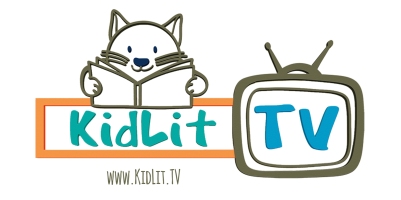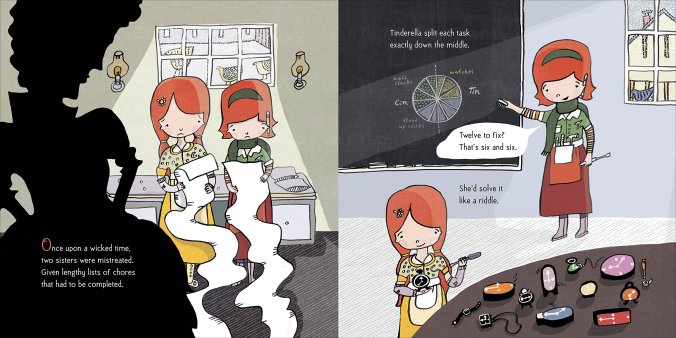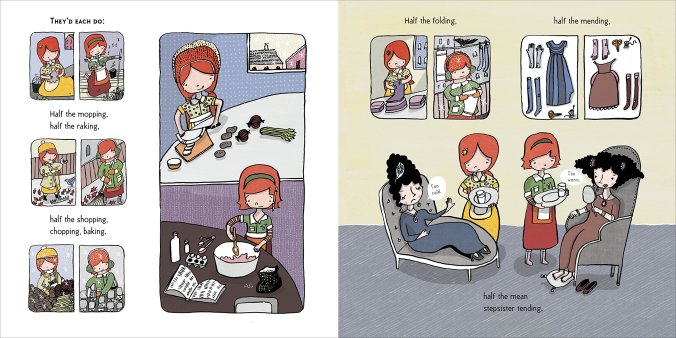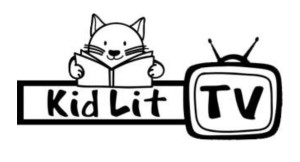
2017 TOP 10 List

DORIS THE BOOKASAURUS
by Diana Murray
Illustrated by Yuyi Chen
“We shouldn’t have to beg or plead
To make our brothers want to read.”
Doris the Bookasaurus finds a way
to make reading fun for Max and TJ.
I first “met” the talented author Diana Murry in 2010 when I won a Letter of Merit from SCBWI’s Barbara Karlin Grant and she WON the award. I emailed to congratulate her and we corresponded off and on. I did an interview with her last year for the GROG about her book CITY SHAPES. I can honestly say I am a fan of hers, and I am pleased to get to interview her about her book DORIS THE BOOKASAURUS. Diana is, by the way, the first author to have two books on the 10 Best in Rhyme List for a second year! Quite an accomplishment
Sherri:
It appears you started with poetry in magazines before publishing books. Do you recommend starting with poetry for magazines to build a resume and hone your craft?
Diana:
Yes. I had my first acceptance for a poem named “Mystery Dinner” from Spider Magazine. Shortly thereafter, I had a few acceptances from Highlights for Children. Since then I have sold many other poems, mostly to Highlights and High Five. I do recommend it. When agents or editors see that you have magazine credits, it helps to show you’re serious about your career (especially if you don’t have other publishing credits yet).
Sherri:
For those who are unfamiliar with your writing journey, can you give us a Reader’s Digest condensed version?
Diana:
I started writing seriously in 2007. That’s when I joined SCBWI. Three years later I sold my first couple of poems and won the SCBWI Barbara Karlin Grant for a picture book work in progress. Two years after that in, 2012, I signed with my agent, Brianne Johnson at Writers House. In 2016 and 2017 I had my first six books release: CITY SHAPES (Little, Brown), GRIMELDA, THE VERY MESSY WITCH plus a sequel (Tegen/HarperCollins), NED, THE KNITTING PIRATE (Roaring Brook/MacMillan), GROGGLE’S MONSTER VALENTINE (Sky Pony Press) and DORIS THE BOOKASAURUS (Imprint/MacMillan). I have seven more children’s books coming in 2018 and beyond. The next one, coming in February, will be an early reader, PIZZA PIG, with the Random House Step-Into-Reading series. (By the way, writing rebuses for Highlights helped me get the hang of writing early readers).
Sherri:
Kirkus says: “The scansion is excellent, making the verses both easy to read aloud and easy for pre-readers to eventually memorize.” How did you manage the “excellent scansion”? And did you purposely use two different rhythmic schemes?
Diana:
DORIS is written in rhyming couplets of iambic tetrameter. However, I use a lot of clipped, headless lines. In other words, instead of starting with an unstressed syllable followed by a stressed one (ba DUM ba DUM) I sometimes clip the first unstressed syllable of the sentence. Starting with a stressed syllable (DUM ba DUM) makes the lines feel a little bolder and I thought that captured Doris’ enthusiasm. In addition, when Doris reads from other books, that text is set in iambic 4/3 meter, sometimes referred to as “ballad” meter. When you have a text within a text, it is common to set it in a different meter in order to distinguish the two. As far as the scansion, that’s mainly a matter of practice.
Sherri:
I really like the color combinations and the art. What was your impression when you saw the illustrations? Did you have any art notes?
Diana:
I absolutely loved Yuyi Chen’s illustrations. I especially love the scene where they sail their ship into the pirate book.

That’s exactly what I pictured—except better. I inserted a few art notes for clarification. For example, when Doris is telling jokes and a “crowd” gathers, I noted that this would be her stuffed animals.
Sherri:
Such inventive language such as “dino-store”, lounging in my “boulder bed” and “mega-dino-tastic.” Also, “stego Blocks” is too clever. And love the alliteration of “scurvy scaly pirate crew.” Do you think about word choice as you go, or go back and work on the lyrical language?

Diana: Thank you! Most of the time words just pop into my head as I’m going. But I do go back over the text to make sure I haven’t missed any opportunities.
Sherri:
What was the impetus for this book and how long did it take you to get to the finished product?
Diana:
This book started out in prose and actually went through tons of revisions. Wasn’t until I wrote it in verse that it sold. It took about three years from submitting to publications. The main inspiration was watching my kids play. I always loved it when they incorporated stories from books into their playtime. I started noticing how playing and reading went together more than people might think. I wanted to show how exciting and active books can be and also, what a good variety there is—from joke books to record books, to fantasy adventures—there’s truly something for everyone.
Sherri:
What advice do you have for rhyming writers?
Diana:
My advice for rhyming writers is, keep practicing, and make sure that you sometimes write just for pleasure. Write what moves you, even if you don’t think it will sell. Nothing you write will be wasted, even if it isn’t published. But, on the other hand, if you’re working on a picture book, don’t get stuck on one manuscript. If it’s not working, might be best to set it aside and work on something else. You may be able to save it when you look at it again in a few years (that’s happened to me before). And don’t be afraid to write a crappy first draft. That is, silence the inner critic at the beginning, or else it might stifle your creativity. Finally, a good critique group (or several partners) is a must!

Buy it HERE
Bio:
Diana Murray grew up in New York City and still lives nearby with her husband, two daughters, and a spiky bearded dragon who loves listening to stories—especially about dinosaurs. Diana’s many picture books have been mentioned earlier, and her poems have appeared in magazines including Highlights, High Five, Hello, Spider, and Lady Bug. http://www.dianamurray.com.
Many thanks to 2017 Best in Rhyme Committee Member Sherri Jones Rivers for interviewing Diana Murray about her fabulous new book
DORIS THE BOOKASAURUS!
Congratulations Diana on DORIS THE BOOKASAURUS
and making the 2017 Best in Rhyme Top 10 List again!

Watch for the live, streaming
2017 Best in Rhyme Award Announcement
on February 4th at 7:00 pm ET
from the KidLitTV Studio in New York City.



















